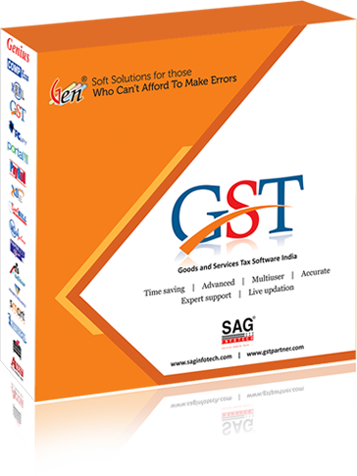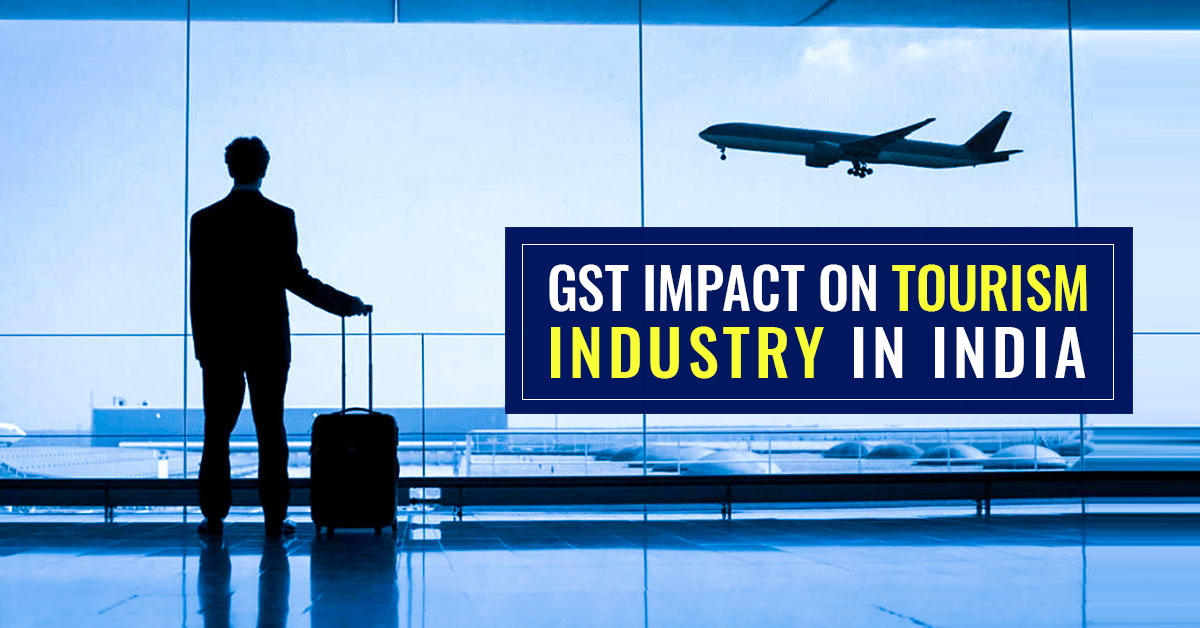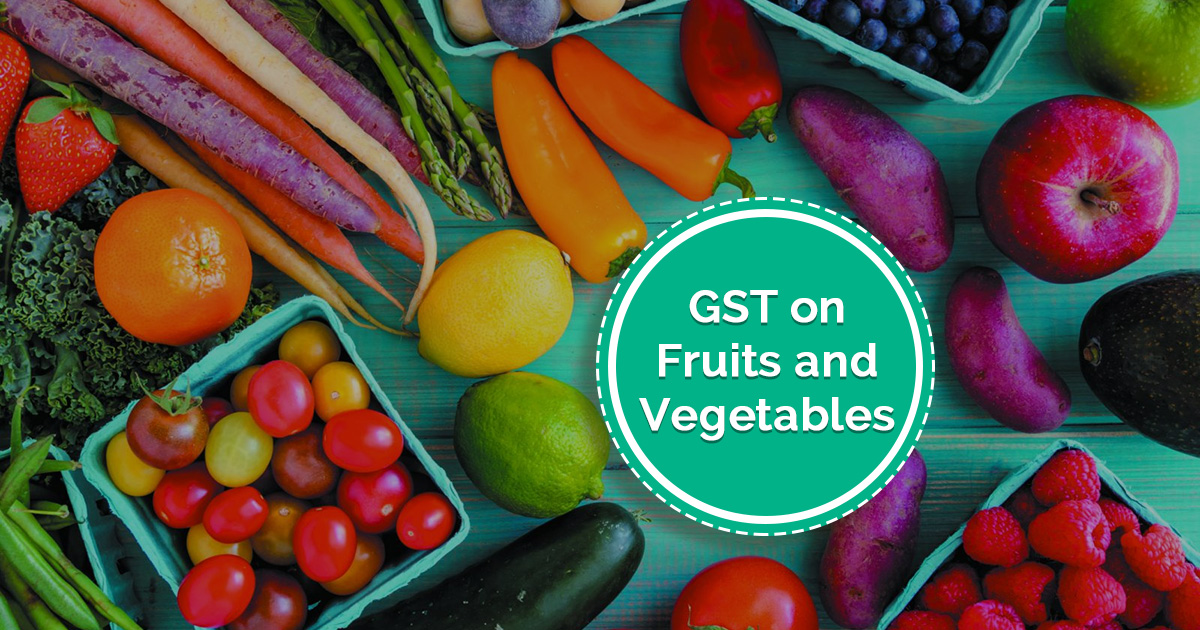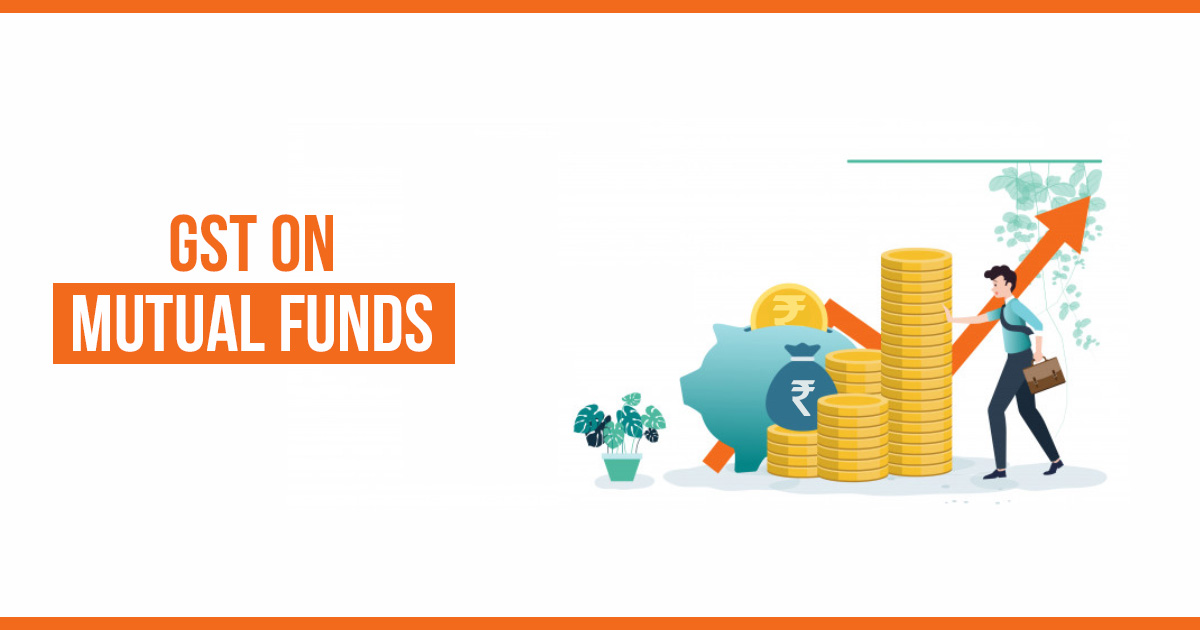On the historic midnight of 30th June 2016, India’s PM Narendra Modi ushered the country into the age of GST – ‘One Nation One Tax’. Being an impartial tax framework, the effects of GST can be seen across all domains. The Indian Tourism industry which was valued at US$ 136.2 in 2016 has also faced the impact of GST. This article aims to highlight the GST impact on tourism industry in India.
Contents
How things were Pre-GST for Tourism Sector?
Before GST was rolled out, the tourism industry was liable to pay multiple taxes (VAT, luxury tax, and service tax). Let us take the example of a hotel whose room tariff is greater than INR 1000, this hotel was liable to charge a service tax of 15%. However, the effective rate of service tax was dragged down to 9% as the Laws under VAT regime gave an abatement of 40% on the tariff value. Next, the Value Added Tax (12-14.5%) and luxury tax were added on top of this.
An abatement of 60% for Restaurants brought the effective rate of interest to 6% on F&B bills, apart from VAT (12-14.5%).
Also Read: GST on Restaurants
In case of Social functions like seminars, marriages etc the bills were taxed with an abatement of 30% under bundled services.
This VAT tax regime increased the final cost as an end user/customer paid a tax on tax. This was termed as cascading tax for consumer or end user. Tourism businesses and hoteliers could not avail any input tax credit on the taxes they paid, as state taxes like VAT could not be set off against central taxes like service tax and vice versa.
How things are Under GST for Indian Tourism?
With the motto “Atithi Devo Bhava” (‘The guest is equivalent to God’) Indian tourism industry was expected to reap great benefits under the new GST regime. Due to uniform tax rates and better use of input tax credit, the final cost for end-user was perceived to decrease which in turn would attract more foreign tourists. This meant more revenue for the government and assist in the growth of the industry.
However, confusion and lack of lucidity around GST has complicated the process and created trouble for consumers booking hotels during peak tourist season. As per government guidelines hotels with declared tariffs of Rs 7500 and above can charge 18% GST. But hotel owners explained that declared tariff was imprecise and unclear as prices of hotel rooms vary with seasons. Depending on the influx of people hotels could implement new tariffs several times during a year. Hence the term is misunderstood and creates confusion among travelers.
Recommended Research in PDF: GST impact on Indian Tourism Industry
As stated by GST Council, hotels with tariffs less than Rs 1,000 are GST free. Hotel Rooms with tariff from Rs 1,000-7,500 are taxed at 12% while those with a tariff above Rs 7,500 are taxed at 18%.
However, tax experts suggest that hotels depend on tourist seasons for good business, hence the invoice value should be considered for calculating the GST rate in hotels. The tax slabs appear to create confusion among customers and the solution ahead as suggested by experts is to charge taxes on invoice or transaction value rather than the declared tariffs.
Recommended: Impact of GST on Indian Economy
Benefits of GST for Tourism Industry
If properly implemented the GST can prove to be a major benefit for the tourism and hospitality industry. The process to claim and avail ITC (input tax credit) is simple and clear. Earlier, adjusting the tax paid on inputs against the output was complex and error-prone. This is believed to have become easy with GST. Also, under GST, tourists have a clearer idea about the tax they are paying.
Conclusion
In general a large Indian demographic is still taking its first baby steps in accepting and living – a digital lifestyle. These include people from all sectors – social as well as finance. GST in layman terms makes the government tax revenue generation process better and easier.
GST increases costs and compliances for the taxpayer, especially the business owners. Businesses will try to recover the additional cost from their customers. The tax rate on hospitality industry is less than 10% in Japan and Singapore. In order to compete in the global competition, there were suggestions for a GST rate of 5%, but GST Council felt that 18% was the right tax rate.
India has been a hotspot for International and local tourists since ages. India’s Tourism and Hospitality industry is set poised to grow to US$280.5 billion by 2026. By strong implementation and closing prevailing loopholes, the initial setbacks in policy implementation can surely be overcome. For now, let’s just hope that the traveller who visits this beautiful country goes back with memories and experiences worth in Gold.






